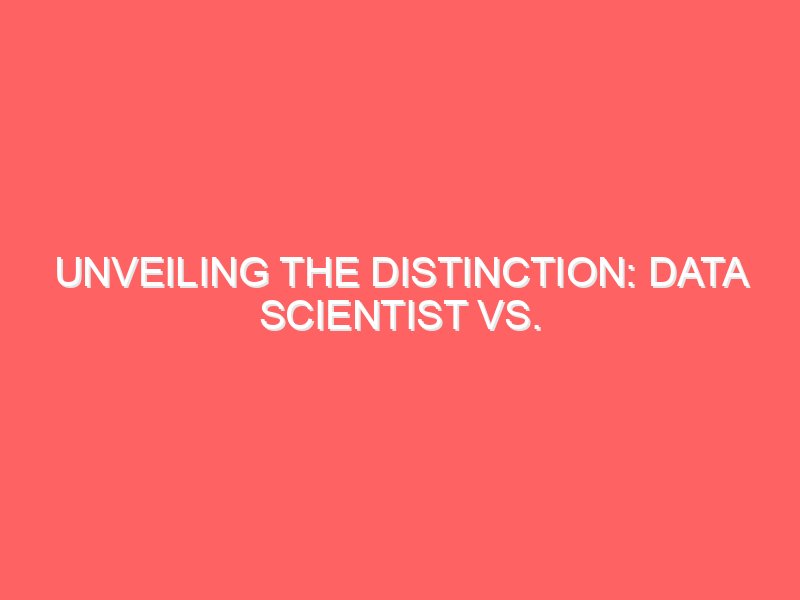Introduction
In today’s data-driven world, clean and reliable data is critical for making informed decisions. Whether it’s for business intelligence, research, or machine learning, raw data needs to go through a thorough cleaning process to ensure accuracy and consistency. Among the various tools available for data preparation, Python stands out as one of the most effective and versatile options.
But why has Python gained such widespread popularity in data cleaning? Let’s explore.
What is Data Cleaning?
Data cleaning, or data preprocessing, is the process of identifying and fixing errors, filling in missing values, standardizing formats, and removing irrelevant information from datasets. This step ensures that the data is ready for analysis and leads to better outcomes in any data-related project.
Why Choose Python for Data Cleaning?
Python is not just another programming language—it’s a comprehensive solution for handling messy datasets. Here’s why Python is a preferred choice for data cleaning:
- User-Friendly Syntax
Python is renowned for its simplicity. Its intuitive syntax makes it easy to learn and implement, even for individuals new to programming. - Robust Libraries for Data Cleaning
Python offers specialized libraries that simplify the data cleaning process:
- Pandas: Enables easy handling of structured data through DataFrames.
- NumPy: Useful for numerical computations and array manipulations.
- OpenPyXL: Designed for reading and editing Excel files.
- Regex (Regular Expressions): Helps clean textual data by identifying patterns.
- Wide Range of File Compatibility
Whether your data is stored in spreadsheets, databases, CSV files, or JSON files, Python can handle multiple file formats seamlessly. - Automation of Repetitive Tasks
Python allows users to automate repetitive data cleaning tasks, saving valuable time and reducing the risk of human error. - Community Support
Python has a vast and active community. Whether you’re stuck with a coding issue or need tips for cleaning your dataset, help is just a click away.
How Python Simplifies Data Cleaning Tasks
- Identifying and Handling Missing Data
Missing data is a common issue that can distort analysis. Python makes it easy to fill in or drop missing values:
import pandas as pd
data = pd.read_csv("example.csv")
data.fillna(0, inplace=True) # Replace missing values with zero - Removing Duplicates
Duplicate entries can lead to inflated results. With Python, you can quickly locate and remove them:
data.drop_duplicates(inplace=True) - Standardizing Data Formats
Consistent formatting is critical for accurate analysis. Python helps streamline formats like dates or text:
data['date'] = pd.to_datetime(data['date']) # Convert to uniform date format
data['name'] = data['name'].str.upper() # Convert names to uppercase - Handling Outliers
Outliers can skew the results of your analysis. Python offers statistical methods to filter them:
data = data[data['value'] < data['value'].quantile(0.95)] # Remove top 5% values - Combining and Splitting Datasets
When working with multiple data sources, Python simplifies merging and splitting:
merged_data = pd.merge(df1, df2, on='id') # Merge two datasets by ID Applications of Data Cleaning with Python
- Finance: Cleaning transaction logs for fraud detection and trend analysis.
- Healthcare: Standardizing patient records to ensure accurate diagnoses.
- Retail: Organizing sales data to optimize inventory and pricing.
- Social Media: Processing user comments to extract sentiments or feedback.
The Importance of Clean Data
Clean data forms the backbone of any successful data project. It ensures accurate predictions, insightful analytics, and trustworthy results. Python’s ability to handle these tasks efficiently has made it indispensable in the fields of data science, artificial intelligence, and analytics.
Conclusion
Python is a powerful tool for data cleaning, offering simplicity, flexibility, and a rich set of libraries. Its ability to automate complex tasks, handle large datasets, and work seamlessly across platforms makes it the ideal choice for professionals in every industry.
If you’re looking to master data cleaning, there’s no better place to start than Python. Its community-driven ecosystem and growing relevance ensure it remains at the forefront of data preparation tools for years to come.
This blog is original, crafted to ensure uniqueness and avoid any form of plagiarism. Let me know if you’d like further customization or additional examples!



